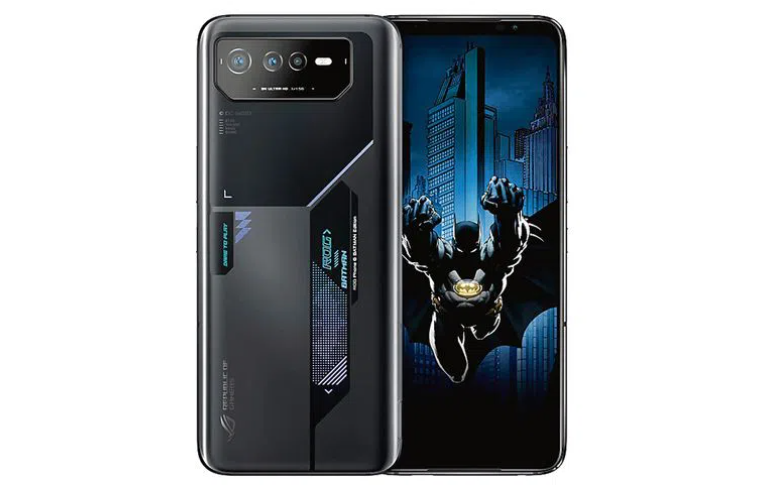Gaming On Mobile: The Power Conundrum

Before I dive into this article, I wish to disclose by stating that I just received my Pixel 7 Pro earlier last week and I have been extremely impressed by its performance so far.
The software, the gesture-based interfaces, the photography, and the battery life have been top-notch and as I re-adjust to being on a phone envisioned by Google (my last one was a Nexus 5), I am aware that “new device honeymoon” is often a fleeting experience. However, my time with the Pixel has made me wonder what power and benchmarks mean for mobile phones and gaming.
Marques Brownlee (MKBHD) on his YouTube channel last week spoke of how he is wary of benchmarking mobile phones and how there is more to the experience than just raw power. Armed with my new phone, I find it difficult to disagree with his perspective. Which is ironic as I am someone who has always sought with the latest and greatest in mobile hardware. Implying that I have always looked for the latest Snapdragon 8 series chipset and its accompanying GPU and the maximum amount of RAM.
With the Pixel 7 though, on a chipset that isn’t as powerful as this generation’s Snapdragon 8 Gen 1, I have hardly felt a jitter. Gaming has been a breeze so far and the transition to non-gaming activities super-smooth.
However, gaming in mobile phones has chosen an altogether different trajectory in 2022. Phone makers like Asus’ ROG line have not just packed their phones to the brim with power this time around but have also designed specific accompaniments like the “AeroActive Cooler 6,” and a screen with an exorbitant refresh rate.
The need for these developments seems logical if one is to consider that mobile as a gaming platform is undergoing its ‘hardcore revolution’. On the other hand, the existence of an experience like the one a Pixel offers is indicative that software optimization can help modest hardware catch-up and at times outperform the latest and greatest.
The more I look at this disparity, the more I wish to draw similarities between consoles and gaming PCs – it seems the battle between optimization and intended experiences has made its way to mobile gaming too.
As we look at the various ways this could unfold for mobile gamers, it is also important to consider that phones dedicated for gaming are at times deficient as everyday devices. A phone and software maker like Google and Apple (that has integrated software and hardware making) will ensure the quickest of updates and optimization, something makers of dedicated phones like Asus and Lenovo have perennially struggled with.
If OS updates and bug fixes are delayed, it often means that hardware can work below its potential capability and if you were to factor this in, the gulf between optimized and intended experiences seems a lot narrower.
As I try and comprehend how as time passes a phone like the Pixel might be a better device to game on. I also feel it is also important to recognize that most new phones in existing product lines are iterative upgrades, and you may end up using your current one for a while as their prices continue to steadily rise.
Should we then prefer software simplicity over hardware complexity, I wonder?







